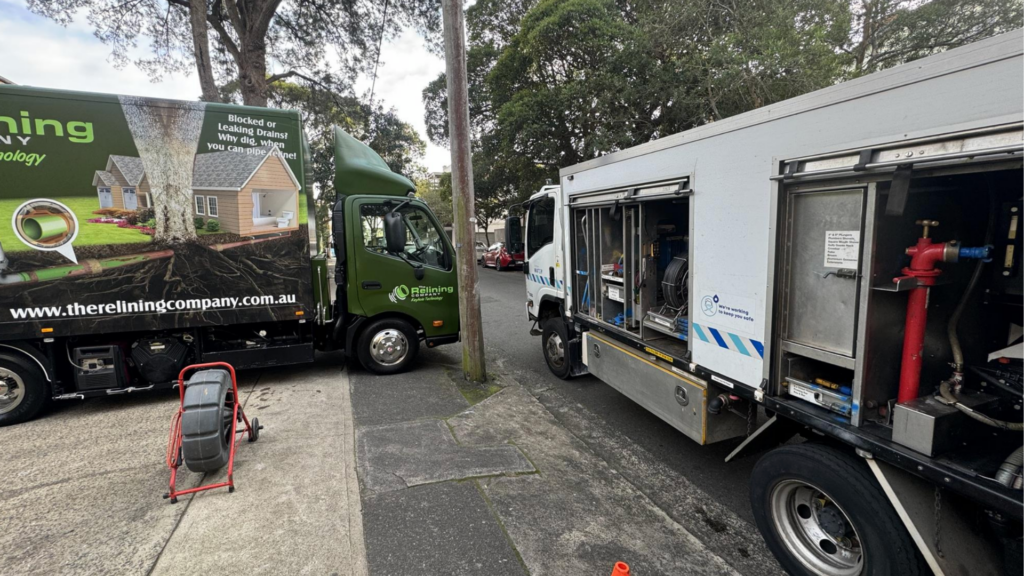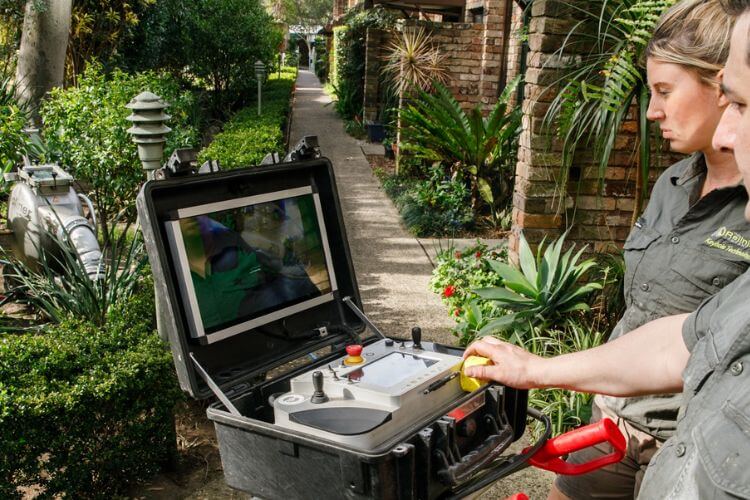Considering how dry Australia is, we sure use a lot of water. In Sydney, each person uses, on average, about 200 litres of water each day, according to Sydney Water. Wasting water also leads to higher bills and negative environmental impacts across Australia.
This article has plenty of advice to assist you in maximising water savings in your Sydney home, helping you to save money and reduce your impact on the environment. Let’s dive in and learn more about why we should all be trying to conserve water.
Why Should I Worry About Water Conservation?
Water is one of the country’s most precious resources. In urban areas, we use it to drink, bathe, wash and water our gardens. In rural Australia, it helps our food grow, whether that be crops or livestock.
The more water we can save, the healthier our environment, not just for humans but for animals and ecosystems, too.
Using less water saves energy and reduces your carbon footprint.
Saving water also saves you money, by reducing water consumption bills and energy costs to heat and pump water.
An Easy Fix for Water Wastage
Water leaks can waste large amounts of water in a short time. Not only that, but water leaks can also damage buildings and the natural landscape. From a leaking toilet to a broken pipe, fixing leaks is crucial to reducing water bills.
The NSW Government states that a leaky tap can waste up to 2000 litres of water a month, so you should have it fixed as soon as you notice a problem. You can also prevent potential leaks with regular plumbing maintenance to ensure pipes are in good condition and by not turning taps off too hard.

Do Water-Efficient Fixtures and Appliances Really Make a Difference?
From upgrading plumbing fixtures to changing your daily habits, it’s easy to save water in your home if you know where to start.
In The Bathroom
We all know that shorter showers are a great way to conserve water, but water-saving shower heads are an even better way to ensure that water loss isn’t excessive. Water-saving shower heads, also called low-flow ones, increase water pressure by using aerators to mix air into the water flow, so you won’t feel like the water is just dribbling out.
The best news is that a water-saving showerhead can save you hundreds of dollars each year. You might even consider using a bucket to catch water as you wait for the shower to heat up, which you can then use on indoor or outdoor plants.
Upgrading to a dual-flush toilet means you can use the half-flush to save water. And don’t forget, a running tap while cleaning your teeth or shaving isn’t necessary!
In The Kitchen
Water-saving shower heads have been popular in Australian homes since the millennium drought, but did you know you can also have low-flow taps fitted in your kitchen? The Water Efficiency Labelling and Standards (WELS) scheme can help you compare water efficiency, as can looking at the flow rate, which is the speed water comes out of the tap. The flow rate shouldn’t be confused with water pressure. Newer technology means water-efficient fixtures deliver fantastic water pressure while using less water.
When it comes to washing dishes, you don’t need to pre-rinse dishes before you put them in the dishwasher. It can actually do more harm than good. If you just have a few things to wash, save water by handwashing in a small amount of water in the sink, instead of using the dishwasher.
Some other ways to save water in the kitchen include washing fruit and veg in a tub in the sink instead of under running water and leaving unsalted cooking water to cool to use on your plants.
In The Laundry
Washing machines use a huge amount of water so only wash when you have a full load and use them on the shortest cycle. Water-efficient appliances like front loaders can also make a huge amount of difference to water bills. Front-loaders use around 50 litres of water per cycle compared to 120 litres of water per cycle for a top-loader.
Instead of sending grey water from your washing machine down the drain, capture it and use it for watering plants like fruit trees. However, ensure you’re using a detergent that’s gentle on the environment.
Optimise Your Hot Water System to Save Even More
An inefficient hot water system is a waste of money and energy, so here’s how to make it more efficient.
- Reduce the amount of hot water that the system leaves by installing water-saving devices like low-flow taps and shower heads.
- Schedule professional maintenance services to keep the system in good working order.
- Insulate storage water heaters and pipes.
- Install anti-convection valves and heat traps to save energy and reduce heat loss.
- Drain sediment and remove scale build-up to reduce energy use in storage and instantaneous hot water systems.
- Choose the correct size hot water system for your home.
How To Save Water in the Garden
It’s not just inside where you can save water with your home’s plumbing system. There are also plenty of savings to be made outside.
- Install a water tank.
- Fix leaks as soon as you notice them.
- Plant a water-wise garden with drought-tolerant plants that are native to your area and avoid watering the lawn. You can train your lawn to grow deeper roots by watering it less. You should also use a higher mower setting in summer to shade the soil and reduce evaporation.
- Another way to reduce evaporation in the garden is to use mulch on all your pots and garden beds.
- Use a plant water meter to gauge soil moisture levels so you are not over-watering.
- If you have a swimming pool, use a pool cover to reduce evaporation.
- Build a rain garden to capture stormwater.
- Use permeable hardscaping so water sinks into the ground instead of running off it.
- Sweep paths and use a scrubbing brush in a bucket of water to clean surfaces instead of using the hose.
- Have your plumbing systems checked by a professional to avoid any problems that could cause water loss through leaks and breaks. Drain camera inspections are a great tool to help you avoid costly repairs.

A Little Bit of Maintenance Goes a Long Way
You can dramatically reduce water consumption by avoiding plumbing issues caused by a lack of maintenance. Regular plumbing maintenance can help you detect leaks and burst pipes early and prevent them from turning into costly repairs. A well-maintained system can also help you reduce energy costs and extend the lifespan of your appliances.
By hiring a professional plumber to help you check the condition of your plumbing, you can rest assured that minor issues won’t turn into big problems and cause water damage in your home. They can also help you install water-saving devices and give you advice on how much water you could potentially save on your utility bills.
Saving Water in Homes and Businesses Across Sydney
From repairing pipe leaks to checking the condition of your plumbing with camera drain inspections, the licensed professionals at The Relining Company do more than reline broken pipes. We also help you keep your plumbing system in good shape, saving money and water.
For a free consultation, call us on 0404 879 929 today!
Frequently Asked Questions
How to improve water efficiency?
Improving water efficiency begins with small steps like taking shorter showers and turning off the tap when cleaning your teeth. Investing in water-saving measures can also prevent excessive water use, as can maintaining plumbing to prevent low water pressure and leaks.
How to reduce water bills in Australia?
Reduce water bills by looking at how much water you are using each day and where you can save. Find your water meter and track your usage by looking at the litres of water used. (These are the red numbers at the end).
How to reduce water usage in the bathroom?
We generally use most of our water in the home by showering, so start by taking shorter showers. Investing in a bathroom timer is a great idea or limit your showering to one song on the radio.
Back to Top